I’ve had the Pixel 8 for roughly a month, I’ve been using it as my full-time smartphone. At $699, the Pixel 8 is cheaper than most other flagships. But is the camera as good as always? Does the Tensor G3 get a bit warm? How’s the battery life? Well, here’s my one-month Pixel 8 review.
Design and Build Quality

Pixel 8 is compact, similar in size to the ASUS Zenfone 10, making it comfortable to hold. The corners and edges are sloped to fit the palm nicely.
The camera bump stretches the full width of the phone, preventing it from wobbling when placed on a desk. It also serves as a ledge for better one-handed use.
The Pixel 8’s design feels premium, with a matte aluminum frame and Gorilla Glass Victus on the front and back. While the back is glossy, it does a good job of hiding fingerprints, especially in the darker Olive model. Although it may get slightly greasy, it’s not excessive.
The Victus glass finish is durable, with only a few minor scratches after a month of use. The Pixel 8 is IP68 water and dust resistant, so it can handle being in a bath without issue.
The bezels around the screen are not too chunky, and the in-display fingerprint sensor works well as long as your hands are dry. Face unlock is available as a backup, but it struggles in dim light.
Display and Audio Quality
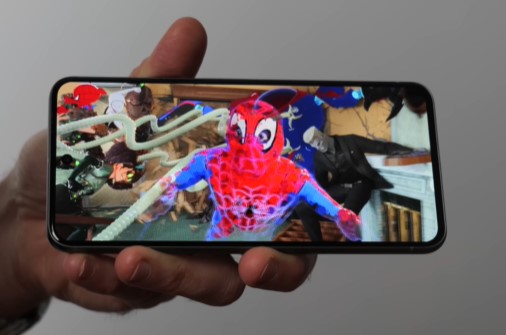
As for the 6.1-inch 20:9 OLED display, it’s still a highlight on the Pixel 8. The Full HD+ 2400×1080 pixel resolution delivers sharp visuals on a screen this size. It supports HDR streaming, though not Dolby Vision, with crisp contrast and bright, vibrant colors. While the Pixel 8 maxes out at 2000 nits, which isn’t as bright as the Pro, it’s still bright enough for most situations. Visibility is good except when watching Disney Plus outdoors, which can be a bit murky. The refresh rate scales from 60Hz to 120Hz, making everything feel fluid.
The Pixel 8’s stereo speakers are decent for a small mobile. They’re loud enough to clearly hear a video or podcast, even in noisy environments like the kitchen. Audio quality is fine, with no issues when streaming over Bluetooth, whether to speakers or headphones, even in busy areas.
Software and Features
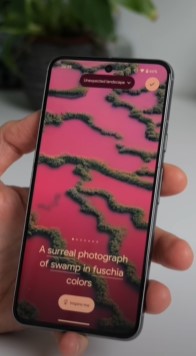
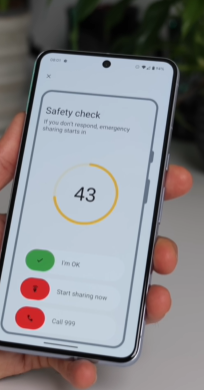
This is a Google smartphone, you get the fresh Android 14 experience right out of the box, plus the reassurance of 7 years of OS and security updates. So, as long as you don’t break the Pixel 8, it’ll last until 2030. Android 14 looks and feels similar to Android 13 but comes with new features and updates. AI can now generate unique wallpapers and live-translate to English in various situations. Safety features are also a thoughtful inclusion, though the temperature sensor is missing on the regular Pixel 8, which would have been useful.
More features, like the summary tool, are expected by the end of the year to save time when browsing or reviewing voice memos. However, the software experience has been buggy; Android Auto sometimes fails, and apps may freeze or misbehave. Hopefully, Google will address these issues in future updates. Additionally, the storage options are limited, with only 128GB and 256GB available, and no microSD support. There’s also space for just one physical SIM, though eSIM support is offered.
Performance
Pixel 8 is powered by the Tensor G3 chipset, backed by 8GB DDR5 RAM. Sadly, the Tensor G3 isn’t as fast as the Snapdragon 8 Gen 2, found in most flagship smartphones this year, which has now been replaced by the Gen 3 in upcoming flagships. However, despite this gripe, the everyday performance on the Pixel 8 has been absolutely fine. Apps usually pop straight up, and multitasking is smooth, with the ability to run multiple apps in the background.
Gaming, however, is where the Pixel 8 falls short compared to flagship rivals. The frame rate is noticeably weaker when maxing out Genshin Impact’s visuals. The Pixel 8 occasionally stumbles and judders, so lowering the graphic settings might be necessary for a perfectly fluid frame rate. Google’s gaming mode is still basic compared to what you get on other smartphones.
Overheating is another issue, as previous Tensor chipsets were notorious for getting hot. However, the Pixel 8 has been fine, only getting warm to the touch on occasion. Compared to previous Pixel phones, it’s nowhere near as bad. Connectivity has generally been fine, but mobile data can be a bit slow when loading websites or downloading podcasts, although Wi-Fi performance has been flawless.
Battery life
Pixel 8 has exceeded my expectations. It features a 4,575mAh battery inside its compact frame, which is impressive given its size. In my usage, the Pixel 8 has only drained completely in one day, with over 6 hours of screen-on time, including an hour of Skyping, video streaming, and several hours of background music and podcast streaming. Even with this heavy use, I still had over 10% battery left by the time I charged it. On most days, I end up with about 25% charge remaining before I go to bed.
However, the Pixel 8 does suffer from slow charging. It offers 27W wired charging and 18W wireless charging, so if the battery is almost fully drained, it takes about an hour and a half to fully recharge. This is disappointing compared to some Chinese rivals that can fully charge in around 20 minutes. I usually just place it on a wireless charging pad overnight, and with adaptive charging tech, the battery health should remain strong over time.
Camera Test
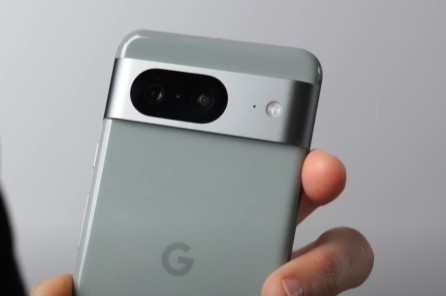
Pixel 8 features a 50MP camera with optical image stabilization. The regular model has single-zone autofocus, unlike the multi-zone autofocus on the Pixel 8 Pro. However, the focus on the Pixel 8 is generally fine unless you’re shooting in very low-light conditions, where it might take a few seconds to lock on.

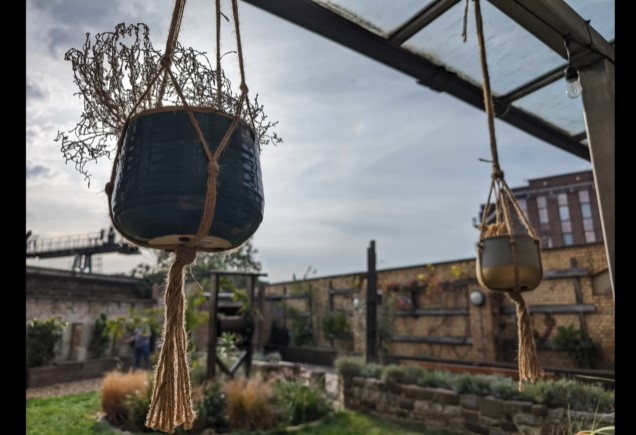
Main 50MP camera performs similarly to the Pro model, as both share the same image processing technology from the Tensor G3 chip. The camera produces crisp, natural-looking images and handles contrast well, though there can be occasional saturation and artifacts. Portrait photos can sometimes appear soft, which is unexpected from a Google smartphone, but an update may address this.
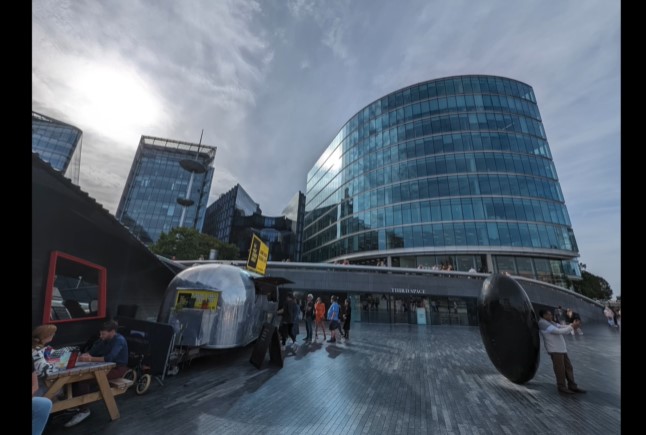

Unfortunately, Pixel 8 lacks some features of the Pro, such as full manual controls, a high-resolution mode, and a telephoto lens. The phone tops out at 8x zoom, and image quality degrades beyond 2-3x zoom. The 12MP ultra-wide-angle camera does a decent job for different perspectives. For video, you can shoot up to 4K with good stabilization and excellent audio capture. The editing tools are a highlight, making the camera experience top-notch, though the Pixel 8 won’t get the Night Sight video mode available on the Pro.
The 10.5MP front-facing camera lacks autofocus but still delivers sharp photos, even in low light, and can shoot 4K video. The microphones capture clear audio, even from across the room during video calls.
After a month using the Pixel 8, there are some issues with the general Android software experience and the camera tech, but hopefully, these will be fixed in the next update. If you're looking for a compact handset like the Samsung Galaxy S23 or ASUS Zenfone 10, and don't need the most powerful smartphone, the Pixel 8 is worth considering, especially at SAR 2,690. Have you been using the Pixel 8 as your full-time smartphone? Share your experiences with the Android software and camera issues below.
-
Design8.5
-
Display and Audio Quality8
-
Software7.5
-
Performance7
-
Battery life8
-
Camera7.5